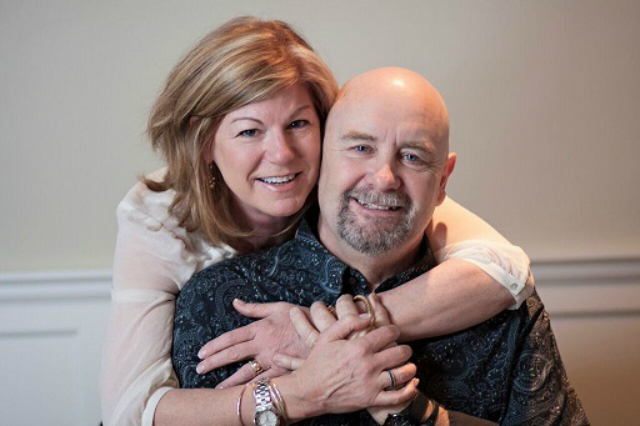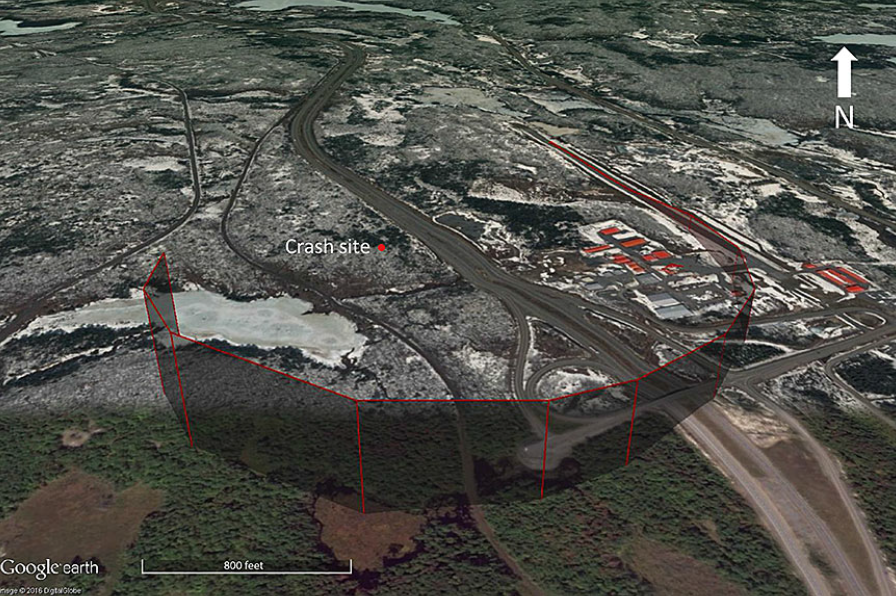The Transportation Safety Board of Canada (TSB) has concluded that pilot disorientation during night flying and inadequate instrument flying proficiency were the likely causes of a fatal plane crash near Parry Sound, Ont. in November 2015 that killed a prominent Tillsonburg couple.

The agency’s investigation report into the crash, made public last week, comes more than a year-and-a-half after the Nov. 9, 2015 crash that killed 59-year-old Phillip Esseltine, chairman of the board for Tillsonburg Hydro, and his wife, 55-year-old Jane Esseltine, vice-chair of Tillsonburg District Memorial Hospital.
The couple was returning home to Tillsonburg following a weekend at their Central Ontario cottage and had taken off from Parry Sound Area Municipal Airport in a privately owned Cessna 182H, a single-engine light aircraft built in 1965, according to the report. The couple had used the plane to travel to-and-from their Parry Sound-area cottage the previous summer.
According to the TSB investigation, the four-seater aircraft departed from the airport under clear, dark skies at 7:17 p.m. ET for a night visual flight rules (VFR) flight, and became airborne at 7:25:15 p.m. ET, according to data recovered from an onboard portable GPS. Immediately after takeoff, the plane began a rightward climb, and at 7:26:02 p.m. ET began a rightward descent. Seconds later, the plane’s GPS stopped recording, and the aircraft collided with the ground on a rocky downward slope, the report says.
Just before to the crash, investigators say the plane clipped several trees in a nose-down attitude and had a “significant angle of bank to the right.” Most of the plane was later destroyed by a post-impact fire, the report said.
Whether the rightward turn after takeoff was intentional or not is unknown, the report states, but it was clear the increasing bank and subsequent descent “were either not detected or not corrected in time to prevent the collision with the ground.”
In its report, the TSB said investigators determined the pilot likely failed to adequately assess the hazards associated with a night departure from an airport with limited cultural and ambient lighting.
“In heavily populated areas, it may be easy for pilots to maintain visual reference to the surface using cultural lighting, such as street and building lights,” said a TSB release. “However, flights are often conducted in remote locations of Canada, where there may be little to no cultural lighting available to help pilots maintain visual reference to the surface.”
“The pilot, who was likely not proficient at flying with reference to instruments, may have become disoriented after losing visual reference to the ground and lost control of the aircraft,” the release said.
Dark-night flying, the report states, can present pilots with a variety of illusions, including the pitch-up illusion, where a pilot may believe the aircraft is pitching upwards when it is not, and black hole illusions where, during an approach, pilots may believe they are flying higher than they are.
The report adds that while night flying and its associated illusions are covered during training for night ratings, a requirement for night flying, pilots don’t require practical experience in such conditions during their training.
“Without practical experience, a relatively inexperienced pilot would have difficulty in adequately assessing the risks associated with departures from aerodromes at night in areas with little or no illumination,” the report says.
According to the TSB report, the pilot had finished his private pilot’s licence in late 2013 and had completed a night rating around 18 months prior to the crash.
In addition, the plane involved in the crash had been equipped with floats used in water landings up until two weeks before the crash, the report says. Planes with floats cannot log any night-flying time, meaning it was likely the pilot had gained little night-flying experience since obtaining their night rating.
The report concludes that:
- Given the pilot’s total flight time, training, and limited night-flying experience, it is likely that he did not adequately assess the hazards associated with a night VFR departure from an aerodrome with limited ambient and cultural lighting.
- The pilot, who was probably not proficient at flying with reference to the instruments, may have become spatially disoriented after losing visual reference to the surface off the departure end of the runway and lost control of the aircraft.
The crash, the report says, highlights several risk factors related to night flying, including a need for the Canadian Aviation Regulations to offer a clearer definition of what is meant by ‘visual reference to the surface’ when it comes to night VFR flights. In addition, it also shows the risks that can come from a lack of practical experience in dark-night conditions during night rating training.
The full report can be found here.








Comments